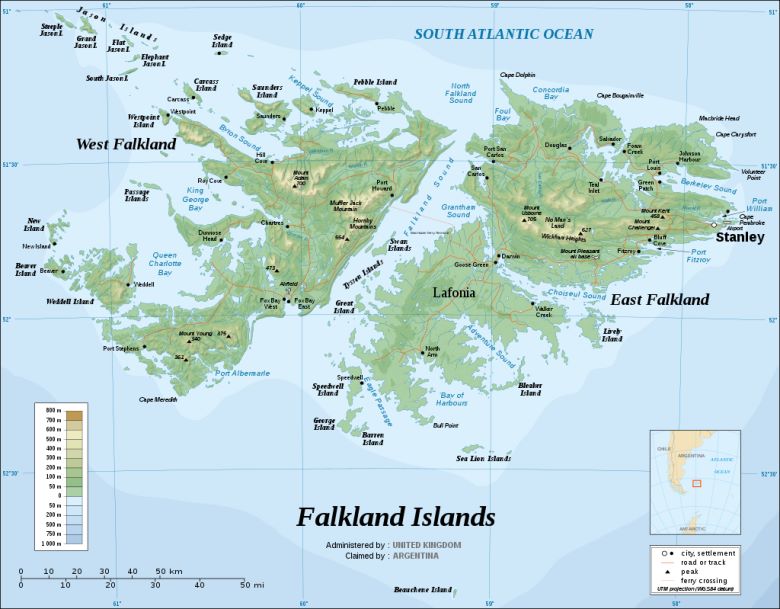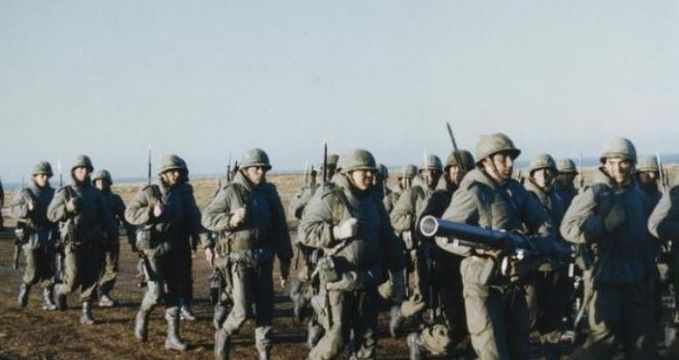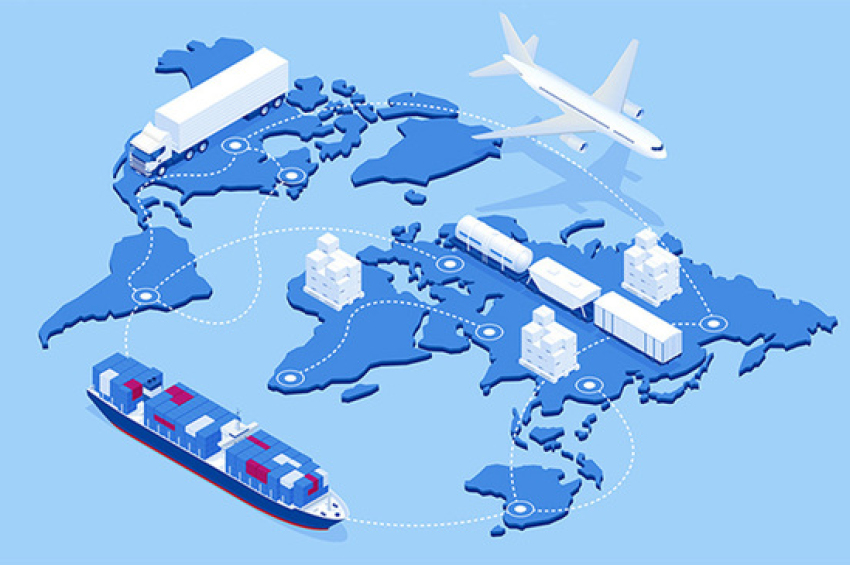41 years ago, in June, a democracy beat an authoritarian aggressor
In April 1982, Argentina invaded and occupied the Falkland Islands and two smaller islets under the United Kingdom’s sovereignty in the southern Atlantic Ocean. After its defeat in a ten-week campaign, the humiliated military dictatorship in Buenos Aires surrendered the power to democratically-elected government the very next year.
Who arrived first?
The 12,000-square-meter archipelago of two large and 776 minuscule islands at some 480 kilometers east of the Patagonian coast in South America is believed to be first visited by English captain John Strong, who, en route to Peru and Chile coasts in 1690, explored the strait between the two major islands.

The islands remained uninhabited until the establishment of Port Louis on East Falkland in 1764 by French captain Louis Antoine de Bougainville and the foundation of Port Egmont on Saunders Island in 1766 by British captain John MacBride. Whether the settlements were aware of each other's existence is still debated by historians. In 1766, France surrendered its claim on the Falklands to Spain, which renamed the French colony Puerto Soledad. Britain and Spain nearly fought a war when the latter detected and captured Port Egmont in 1770. The next year it was restituted to Britain.
More to read:
In 1940-41, the Soviet Union was preparing to attack Nazi Germany. The Germans struck first
The British and Spanish settlements coexisted in the archipelago until 1774, the year when London decided to withdraw its presence from the islands and Madrid filled the void with a garrison that guarded a prison. Following the Napoleonic wars in Europe, Spain withdrew from the area until 1811, and fishermen were the sole people who lived and worked on the Falkland/Malvinas. The British Crown reassessed its rule in 1833. When Argentina declared independence in 1816-18 and scattered the Spanish authority, it also inherited the claims on the Islas de Malvinas.
Why did Argentina use force?
In 1965, the United Nations called upon Argentina and the United Kingdom to reach a settlement of the sovereignty dispute. In fact, during 1966-68, the UK government, pressed by economic hurdles and budget cuts, negotiated a peaceful transfer of the archipelago to Argentina as part of its post-war decolonization policy, but the natives – descendants of early British colonists – vehemently opposed this move. London and Buenos Aires signed instead a trade agreement to boost bilateral ties between the archipelago and the continent, allowing the Argentines to do almost unrestricted business on the islands.

Argentine troops on march.
And yet, Argentina insisted on its full sovereignty over the islands it continued to call Islas de Malvinas.
The decision of the military junta in Buenos Aires in 1982 to invade the Falklands was chiefly political. Suffocated with criticism for economic mismanagement and human rights abuses, the generals believed that the “recovery” of the islands would unite Argentines behind the government in a patriotic fervor.
More to read:
A native of Ukraine took over the supreme post in the Soviet Union 45 years ago
Argentine troops arrived in the Falklands on 2 April, rapidly overcoming the small garrison of 68 British marines, 11 naval hydrographers and 23 volunteers in the capital Stanley.







